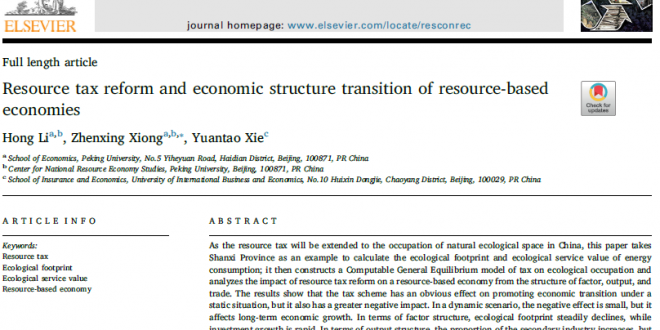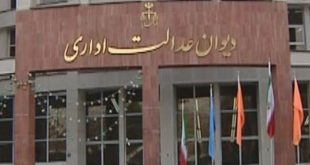اصلاحات مالیاتی منابع و انتقال ساختار اقتصادهای مبتنی بر منابع
As the resource tax will be extended to the occupation of natural ecological space in China, this paper takes Shanxi Province as an example to calculate the ecological footprint and ecological service value of energy consumption; it then constructs a Computable General Equilibrium model of tax on ecological occupation and analyzes the impact of resource tax reform on a resource-based economy from the structure of factor, output, and trade. The results show that the tax scheme has an obvious effect on promoting economic transition under a static situation, but it also has a greater negative impact. In a dynamic scenario, the negative effect is small, but it affects long-term economic growth. In terms of factor structure, ecological footprint steadily declines, while investment growth is rapid. In terms of output structure, the proportion of the secondary industry increases, but the growth rate is slower, and the growth rate of the tertiary industry continues to improve. In terms of trade structure, although the coal mining industry shows increased export, the growth rate is declining, and there is increase in net exports of tertiary industry. Thus, the tax scheme has the effect of promoting the transformation of a resource-based economy. We propose levying a resource tax based on ecological occupation to protect the ecological service function of natural resources, reduce the capital and labor factor tax, and promote the development of non-resource type industry.
نویسندگان: Hong Li, Zhenxing Xionga, Yuantao Xiec
ژورنال: Resources, Conservation & Recycling
سال انتشار: 2018
دانلود مقاله:





